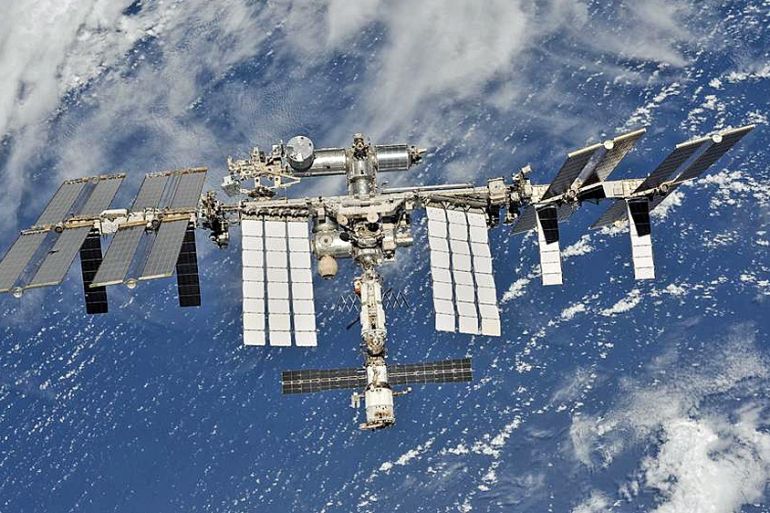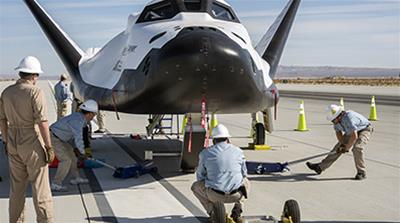The International Space Station: The next hot tourist destination
NASA: A dozen private citizens may be able to go to the ISS each year.

NASA announced on Friday at the Nasdaq stock exchange that it was opening the International Space Station (ISS) to for-profit activities including marketing, advertising, off-Earth manufacturing – and even tourism.
“We’re enabling up to two commercial flights with private astronauts per year,” said NASA’s ISS Deputy Director, Robyn Gatens. “So, depending on how many seats they want to carry, that would be a dozen or so private astronauts potentially per year on the International Space Station.”

Gatens later added, “private astronauts from other countries can fly through a US entity”. That means ISS passenger-guests do not need to hold a United States passport or hail from a space-faring nation. They do need to book their training, their ride and their up-to-30-day stay through an American space carrier.
Keep reading
list of 4 itemsBoeing postpones launch of Starliner space capsule after technical fault
China launches Chang’e-6 probe to study dark side of the moon
China launches historic mission to far side of the moon
Big picture, space B&B really is just a first step in what NASA calls the “unleashing US industry on the path to a commercial economy in low-Earth orbit” (LEO, defined as up to 2,000km above the Earth’s surface).
Tourism and other ISS commercial endeavours are collectively just a piece of a 30-page policy – entitled NASA’s Plan for Commercial LEO Development – that was released on Friday.
NASA wants to see established commercial entities and entrepreneurs grow into being much more responsible for LEO activities, including eventually building and maintaining next-generation-of-space platforms that provide similar research services and capabilities to those found on the ISS. In fact, NASA wants to become a future customer.
Commercial interests
Sierra Nevada Corp is one such commercial interest that is actively testing its multi-mission space utility vehicle, Dream Chaser. This vehicle is similar to NASA’s now-retired space shuttle in that it can be sent up by rocket into LEO, and land on an airstrip upon its return to Earth. However, it should be a more robust vehicle in that it is being designed to be a temporary orbital science laboratory.

Steve Lindsey, a former NASA astronaut with more than 30 years of flight-test experience, is the vice president of Space Exploration Systems. He said, “We’re obviously as a company interested in all of these things because … it’s a big reason as to why we are involved in designing Dream Chaser in the first place.”
He later added, “I think that that commercial-use policy is going to be really key to how open that market is”.
At present, Sierra Nevada is focused on cargo-only missions to LEO destinations. But the design is meant to be developed in the future to carry crew, and the first launch is slated for 2021.
Jeff DeWit, NASA’s chief financial officer, told the audience at Nasdaq that what NASA intends to achieve – now with this first step, and in the future – is the ability to free up needed capital and manpower. He said the plan “will enable NASA to focus resources to land the next man and the first woman on the moon by 2024”.
While the plan seemingly puts space within reach of private citizens and businesses, the current pricing scheme is eye-wateringly expensive. While it will cost $3,000 a kilogramme just to send cargo up to the ISS, the price of life support and toilet facilities is $11,250 per person per day.
Obtaining food, air, medical kits, and access to the onboard gym has a price tag of $22,500 per person per day.
This all begs the question: “What’s going to be NASA’s profit?”
DeWit answered, “This is not going to be a profit-making venture for NASA at all, but it will defray some of our expenses. And the prices we’re putting up there are a portion of our expenses to maintain the station. So [this is] just to defray some of our expenses, which we then can use to go further into space and get to Mars.”
Dewitt said the rate card will be reevaluated once every six to 12 months. Fingers crossed, a ticket will get cheaper.